Cardinal Flower (Lobelia cardinalis) brings unmatched color and pollinator power to the wettest parts of the garden. With its brilliant red spikes and value to hummingbirds and native pollinators, this wetland-loving perennial is a must-have for rain gardens, pond edges, and native plant landscapes.
What is Cardinal Flower?
The Cardinal Flower is a herbaceous perennial native to much of eastern and central North America. Typically found in moist meadows, streambanks, and woodland edges, it’s known for its tall spires of vibrant red flowers that bloom throughout summer. These dramatic blooms are not only beautiful—they’re a vital nectar source for pollinators during the late-season bloom gap.
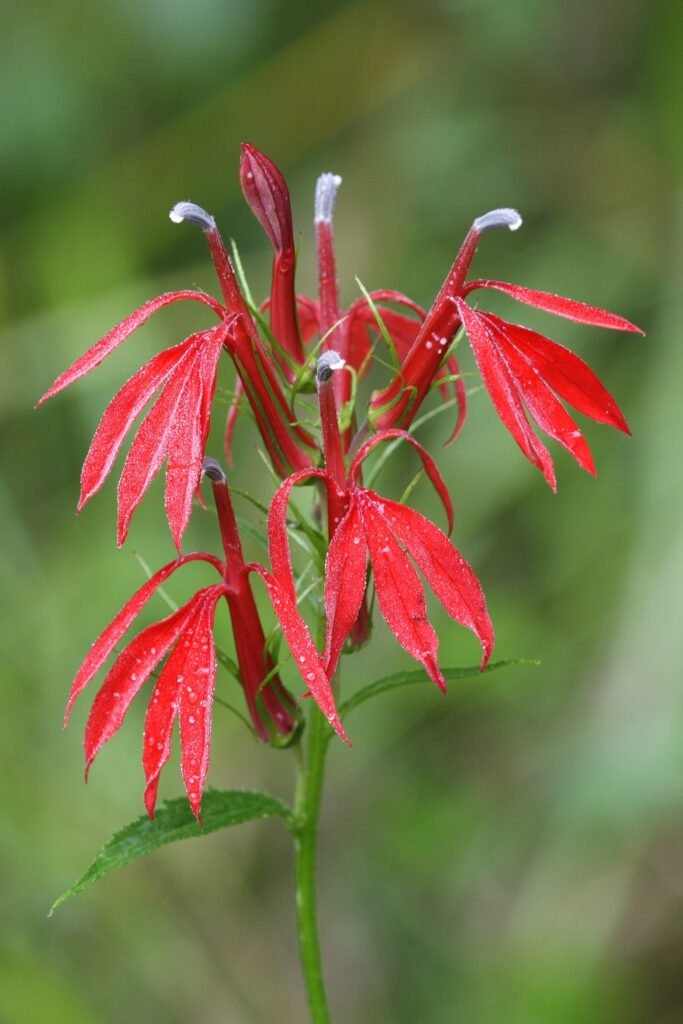
Botanical Details:
- Scientific name: Lobelia cardinalis
- Family: Campanulaceae (Bellflower Family)
- Common names: Cardinal Flower
- Height: 2–4 feet tall
- Bloom time: Midsummer to early fall (July to September)
- Flowers: Bright scarlet-red, tubular, arranged in tall spikes
- Hardiness zones: USDA 4–9
Why Plant Cardinal Flower?
Hummingbird Magnet
Few native plants are more attractive to hummingbirds than the Cardinal Flower. Its bright red, tubular blooms are perfectly adapted for hummingbird pollination, providing critical nectar during migration periods.
Supports Native Bees & Butterflies
While hummingbirds are the primary pollinators, Lobelia cardinalis also attracts swallowtails, fritillaries, and long-tongued native bees, contributing to biodiversity in damp, low-lying garden zones. The cardinal flower plant is also host to: Pink-Washed Looper Moth (Enigmogramma basigera), Greater Black-letter Dart, Greater Spotted Cutworm (Xestia dolosa), Spotted Cut-Worm, Setaceous Hebrew Character (Xestia c-nigrum), Dark-Spotted Palthis (Palthis angulalis) and Red-Banded Leafroller Moth, Jack Pine Tube Moth (Argyrotaenia velutinana).
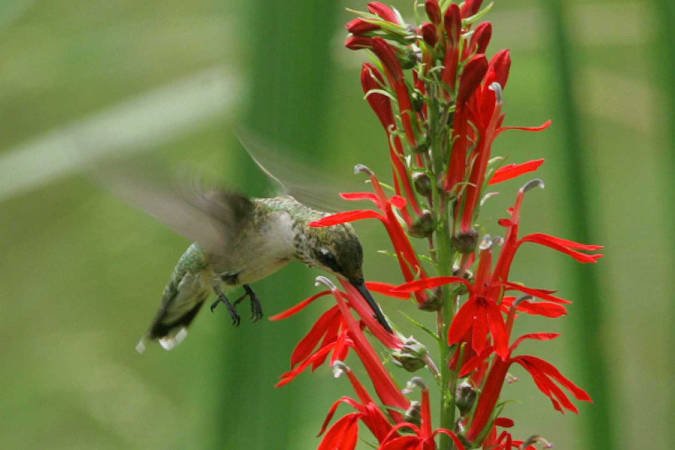
Growing Conditions
Sunlight:
- Prefers full sun to part shade
- More tolerant of full sun when planted in consistently moist soils
Soil:
- Requires moist, rich, well-drained soil
- Thrives in wet conditions, including rain gardens, pond edges, and low-lying areas
Water:
- Needs consistently moist soil; do not let it dry out
- Excellent for soggy spots where other plants struggle
Check out the hive
The Hive is a personalized native plant database, curated from scientific resources and tailored to your exact ecoregion. It offers detailed growing information for over 75 species.
How to Grow Cardinal Flower
Planting:
- Plant nursery starts or divisions in spring or fall
- Seeds require 60 day cold stratification and light to germinate—best sown on the surface
- Space plants 6-16″ inches apart to allow for airflow and growth
Maintenance:
- Mulch to retain moisture, especially in sunny spots
- Remove spent flower spikes to encourage continued blooming
- Divide clumps every few years to maintain vigor and prevent overcrowding
- Protect crowns in winter with mulch in colder zones
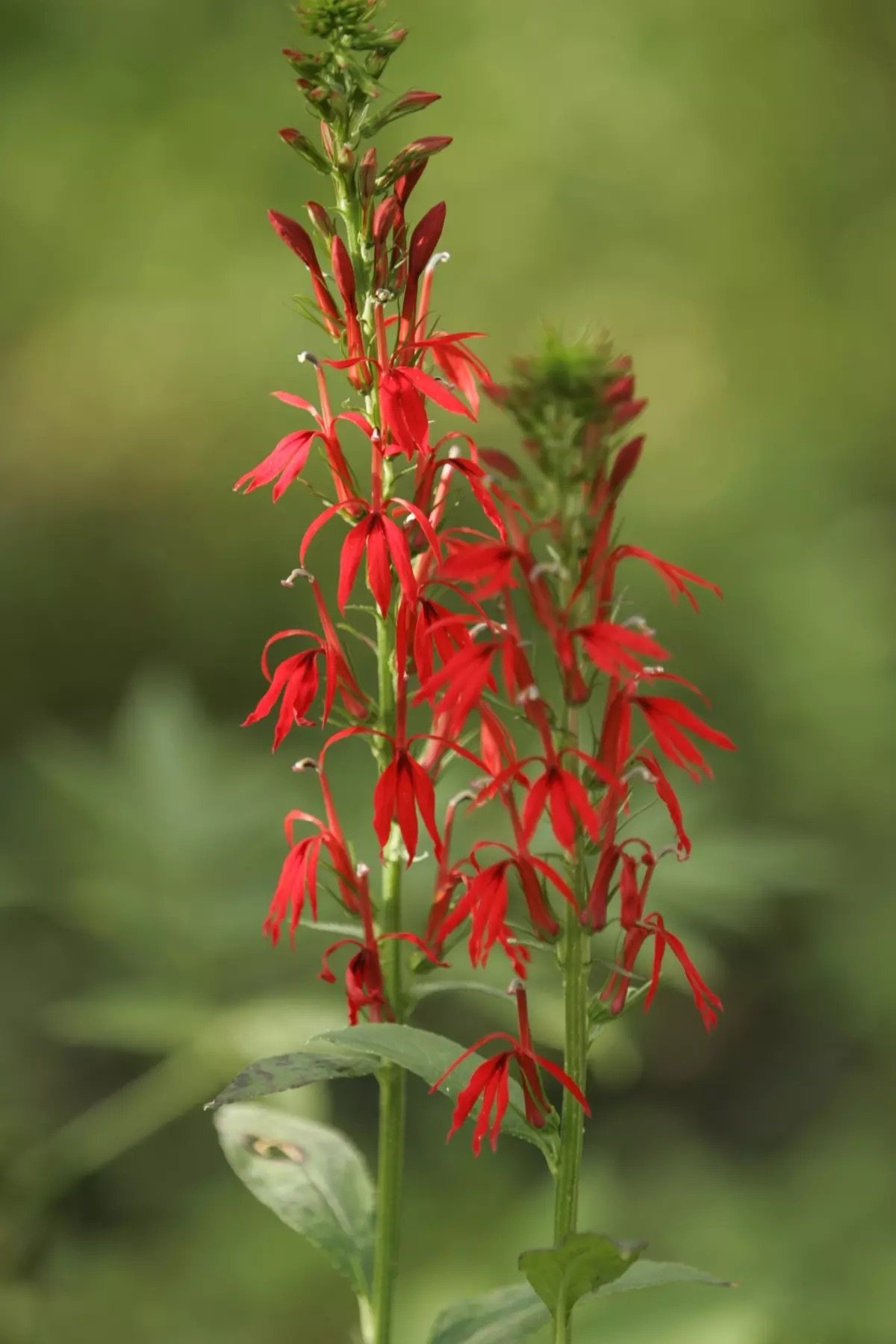
Companion Plants
Cardinal Flower pairs beautifully with other moisture-loving natives such as:
- Swamp Milkweed (Asclepias incarnata)
- Blue Flag Iris (Iris versicolor)
- Joe-Pye Weed (Eutrochium fistulosum)
- Great Blue Lobelia (Lobelia siphilitica)
These combinations offer layered color and texture, while supporting a wide range of pollinators across the seasons.
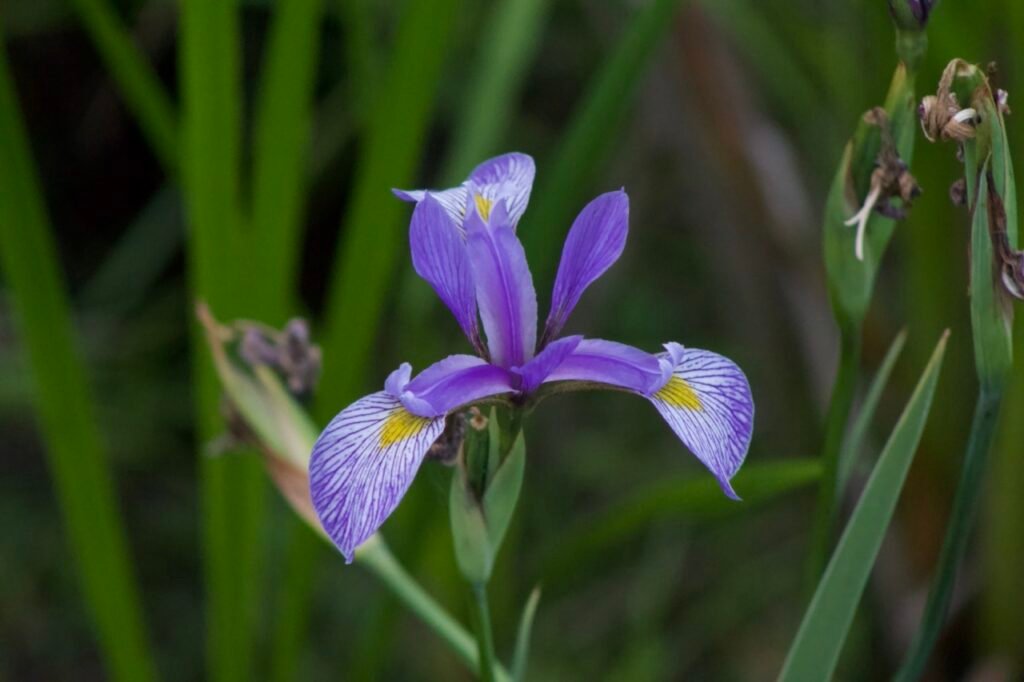
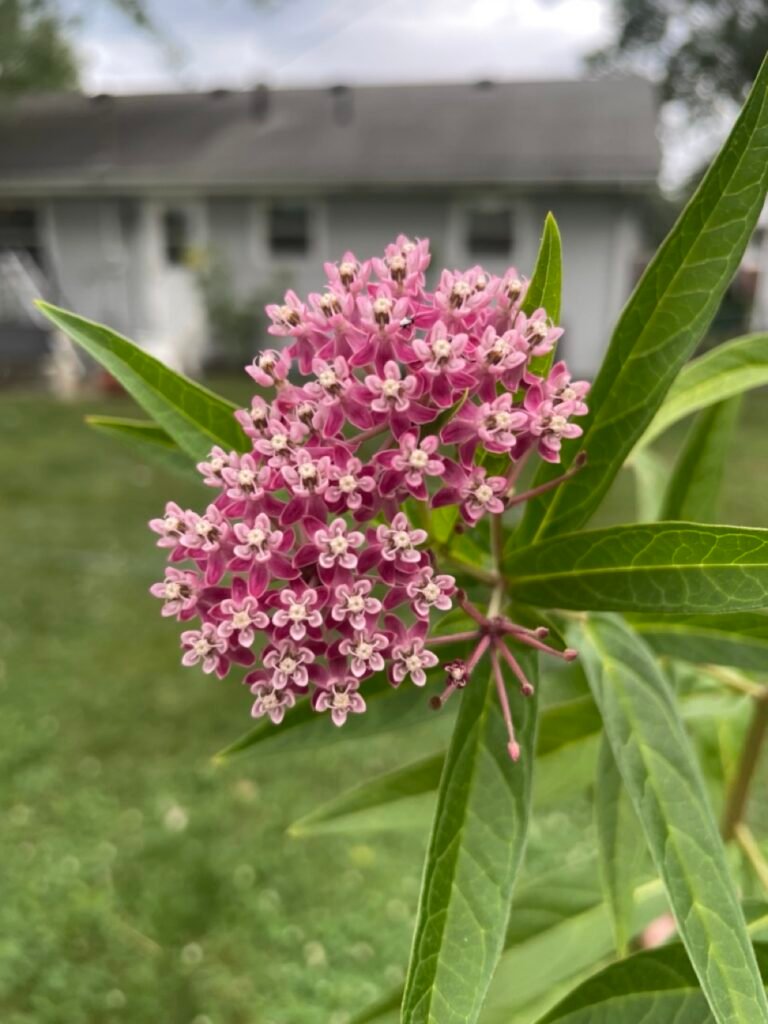
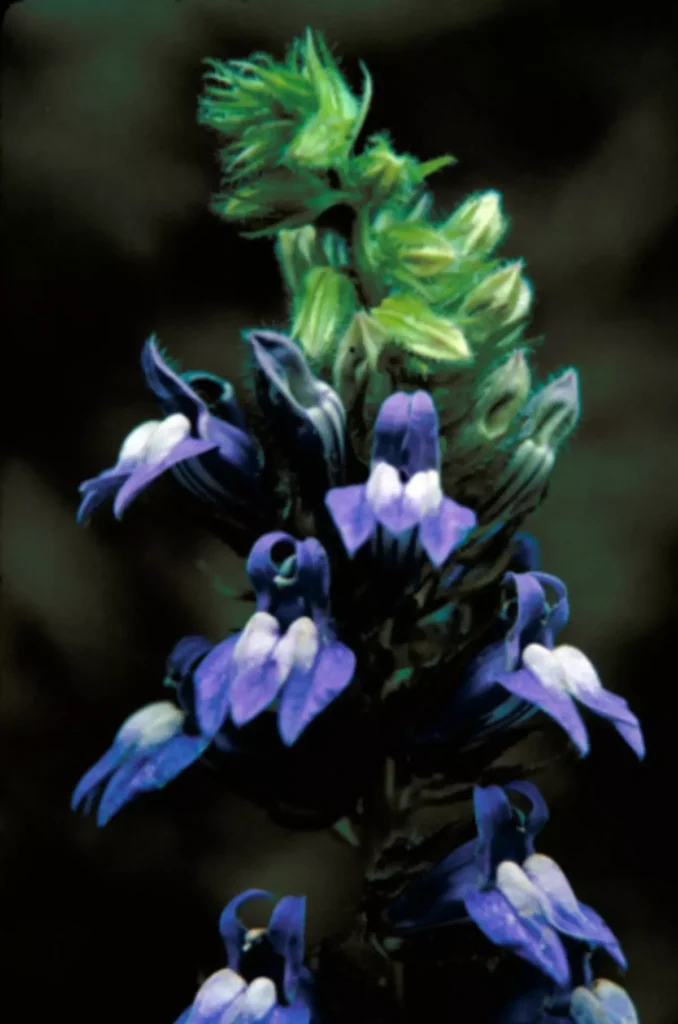
Planting Cardinal Flower Contributes To:
- Supporting hummingbirds and pollinators in late summer
- Enhancing native wetland and riparian habitats
- Adding dramatic vertical color to damp areas
- Improving biodiversity in low-lying and moisture-rich spaces
Final Thoughts
The Cardinal Flower is more than just eye-catching—it’s a keystone species for wetland gardens that supports pollinators when few other flowers are blooming. Whether you’re planting a rain garden or bringing bold beauty to a shady streamside, Lobelia cardinalis delivers color, life, and ecological purpose to your landscape.



